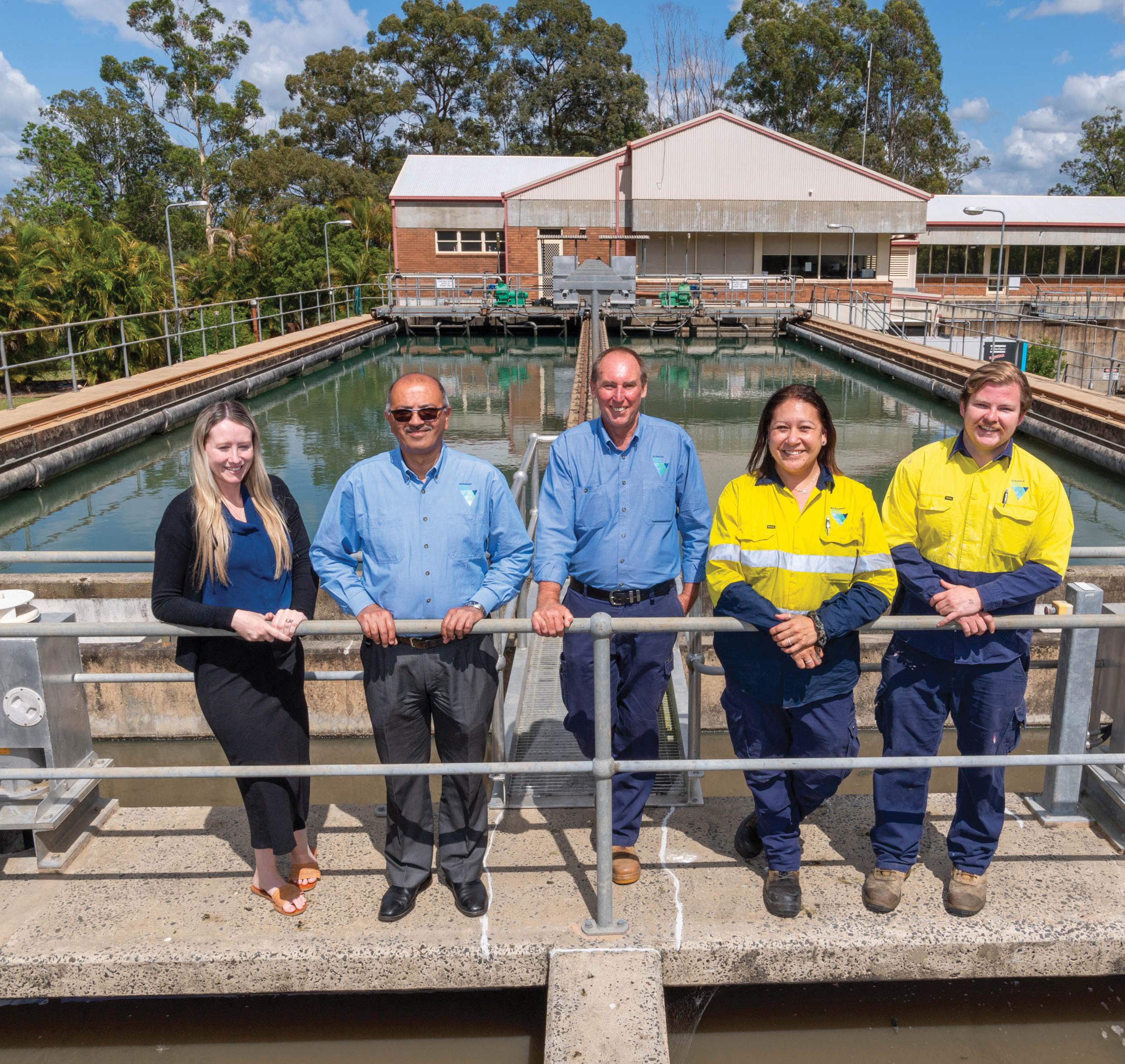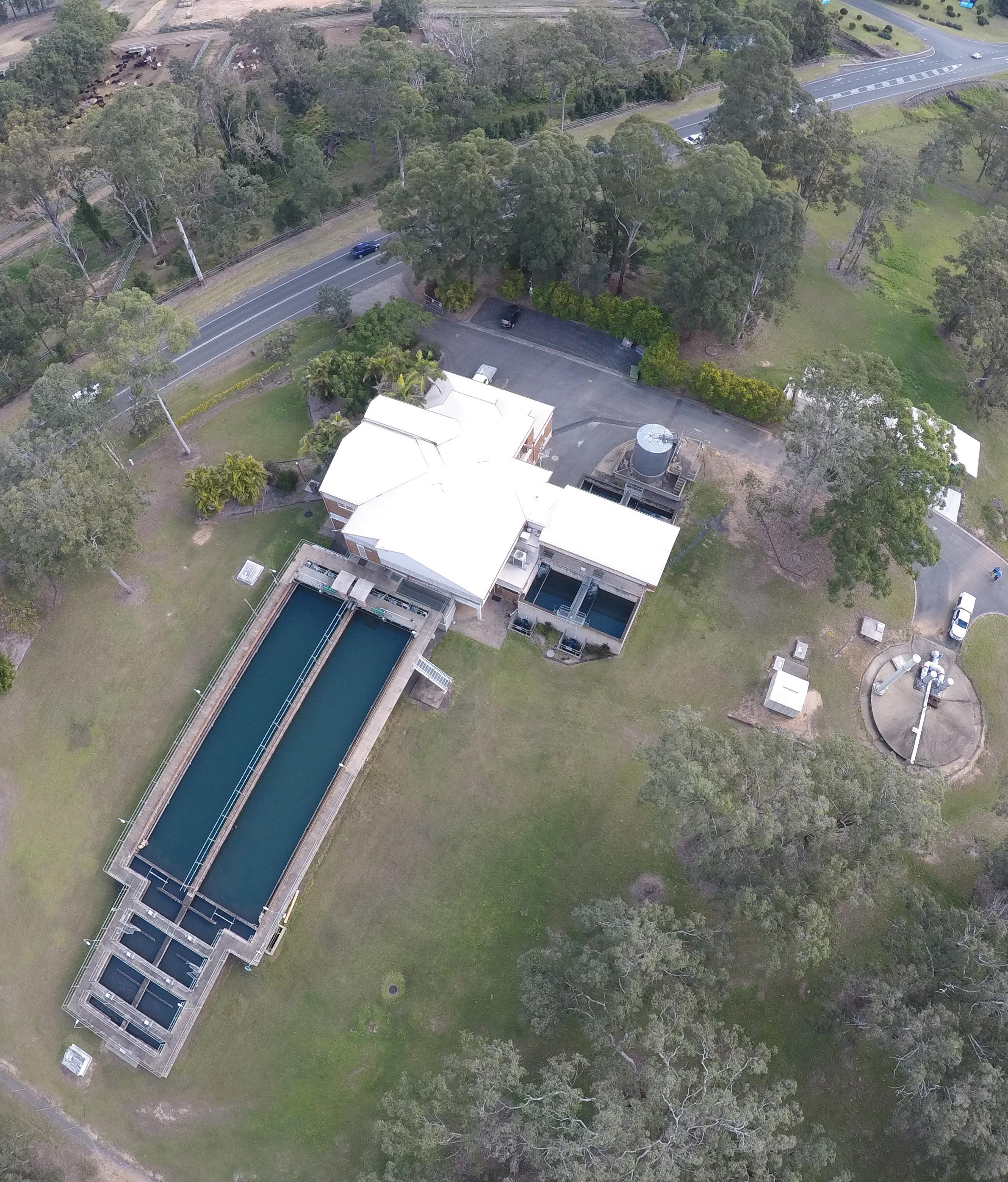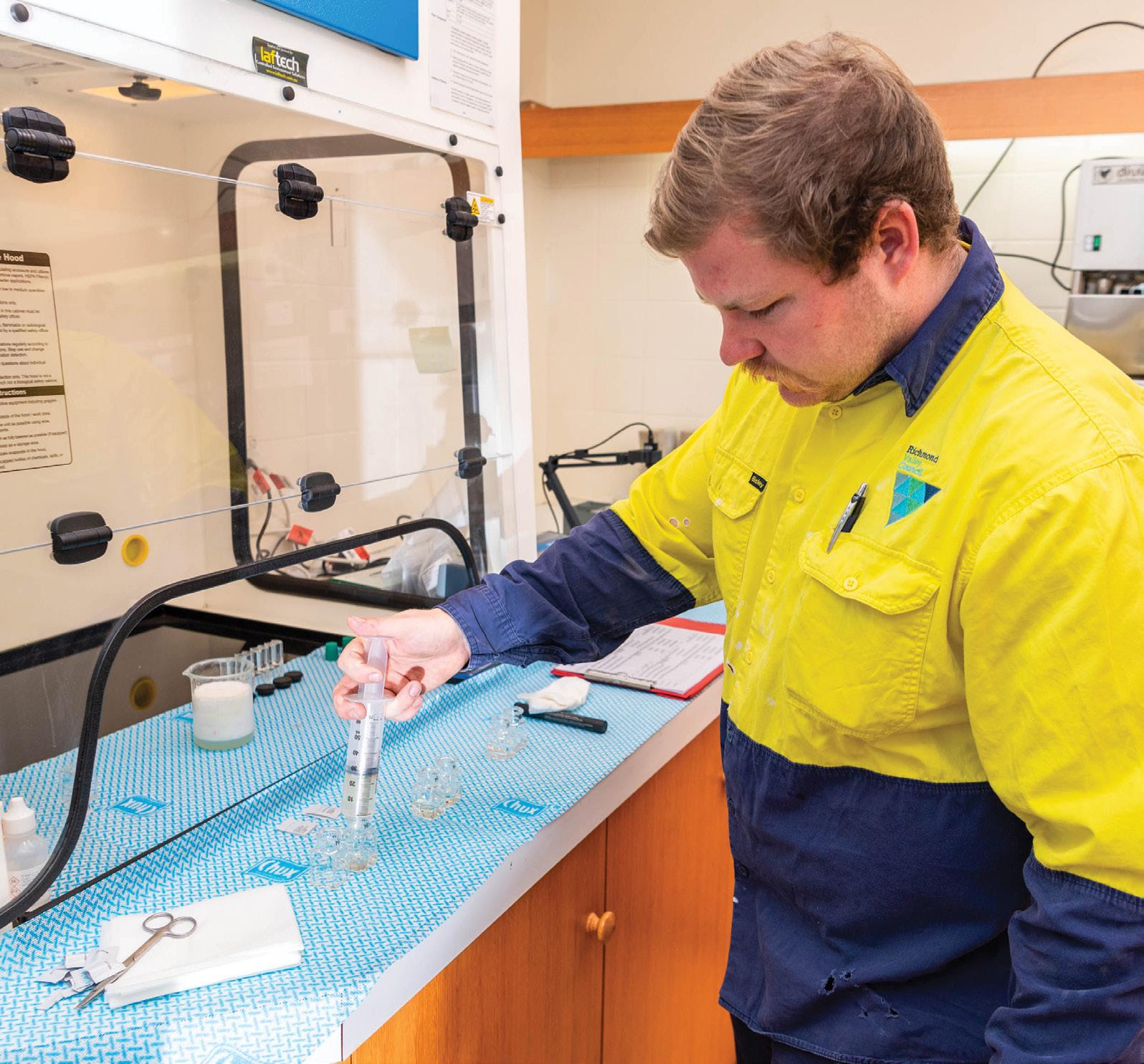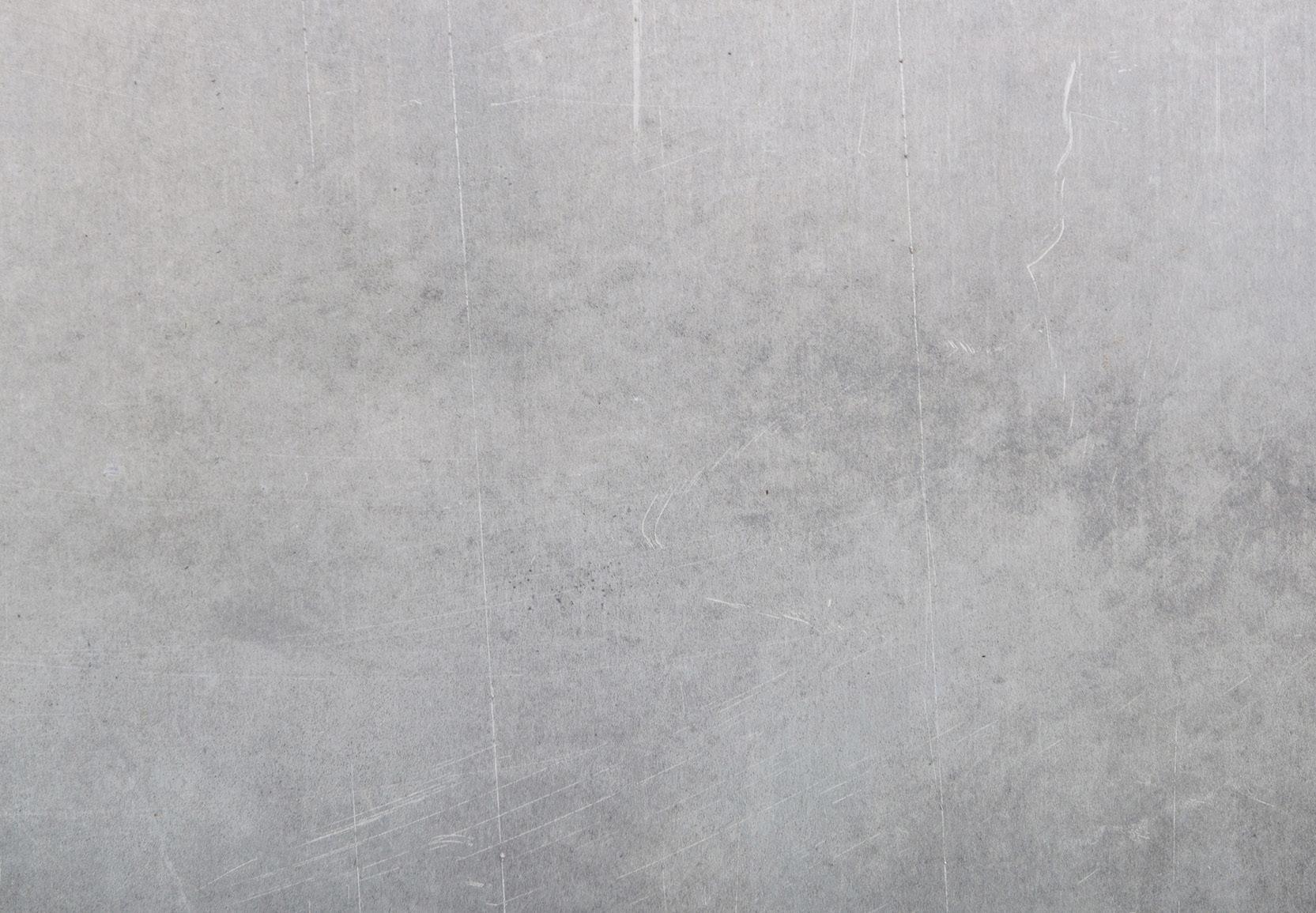
4 minute read
Creating Australia’s best tasting tap water
CREATING AUSTRALIA’S
best tasting tap waterEvery year WIOA’s IXOM Best Tasting Tap Water Competitions celebrate the work undertaken by water professionals who work hard behind the scenes for their communities to deliver high-quality drinking water across Australia. Earlier this year, the water produced at the Casino Water Treatment Plant was named Australia’s best tasting tap water.
It takes a little less than two hours for Casino’s Water Treatment Plant to turn the water from Casino’s Richmond River into Australia’s best tasting tap water.
Operated by a three-person team in the northern New South Wales town of 11,000 residents, the plant supplies between six to ten megalitres of water daily, which took out the IXOM Best Tasting Tap water competition title this year.
The process is not without challenges, and Richmond Valley Council Operations Coordinator Water and Sewer, Sandeep Chugh, said the process starts more than three kilometres away at the river.
“We are at the mercy of the catchment – it is considered high risk,” he said.
“It’s an uncontrolled water source; there can be blue-green algae issues, animal carcasses and other natural elements in the river, quite a lot of things to deal with.”
With many controlled town water sources measuring under 200 nephelometric turbidity units (NTU), a measurement of suspended particles in the water, often the Richmond River would present levels of more than 1000 NTU.
“But this plant absolutely loves it,” Mr Chugh said.
“At the river, stainless steel mesh screens out many larger solids in the water before being pumped towards the treatment plant.
“We have the capacity at the raw water pump station to dose powder activated carbon for blue-green algae and taste and odour issues.
“We use potassium permanganate for manganese issues when they arise at the raw water pump station, and those two dosing points are separated by 500m.
“The water then passes to the head of works, where aluminium sulphate and polymer are added to bind the sediment together in the floc basins and then drops into sedimentation tanks before passing through the main filters.
“So, we have coagulation, flocculation, sedimentation – and then filtration.
“We like the sedimentation tanks to do all the hard work, removing the majority (of solids) there, giving an easy run for the filters.”
Appropriate levels of chlorine and fluoride are added after final filtration before travelling to three of four reservoirs, which supply the town.
At each point in the process, pumps feed a sample of the water to the laboratory, monitored by manual and automated analysis.
Each point in the process has a turbidity analyser which will trigger an alarm at a level of turbidity and a failsafe to shut the raw water pumps and treatment plant down, preventing poor water from being sent to the reservoir when the plant is unattended.
“There is also a lot of visual work done by looking at what is coming into the lab and the tanks,” Mr Chugh said. “And that comes back to experience and knowing what to look for.”
Mr Chugh said the plant’s design had changed little since commissioned in 1986 and, despite the challenges of its source water, had stood the test of time.
“There have been changes in the chemical dosing and the addition of variable speed drives to pumps,” he said.
“There has also been a big leap forward in SCADA and the level of automation at the plant, however, further work is being undertaken to bring the plant in line with the industry best practice.”
The process of creating the clean drinking-water source had constantly evolved, Mr Chugh said, pointing to powder-activated carbon treatment introduced permanently in the past 12 months and working with enhanced coagulation to improve what was already a successful process.
“When we work with normal coagulation, it likes a pH range of six and a half to seven, so that’s what we’ll run at the head of works,” he said.
“When you go to enhanced coagulation, which is good for removing organic carbons, we’ll run a pH range of 5.5 to 6.
“We’re deliberating driving that pH down to remove those organic carbons with aluminium sulphate dosing.

AERIAL VIEW OF THE CASINO WATER TREATMENT PLANT.
TESTING THE WATER PRODUCED AT CASINO.
“The benefit is you’re using a lot less chlorine, and it’s the chlorine and by-products which gives you an unpleasant taste around town.”
With recent floods further challenging the source water quality for the plant, Mr Chugh said they would use the experience to create new procedures for the future to ensure the town continued to receive the highquality of water from the tap.
Mr Chugh said while the water quality was a boon for the town, it was also an essential part of local industry.
“The Casino Food Co-op takes more than a third of the water we produce, and it must be top quality because as a meatworks it has health requirements to meet, and strict exporting demands,” he said.
Mr Chugh said he and the team were proud to have the best tasting tap water in Australia.
“To have the best drinking water in Australia, though? It’s pretty amazing. Considering the challenges we have, it is really amazing.”



SMARTER INSIGHTS BETTER OUTCOMES
Make years of project knowledge work for you by leveraging key insights. You’ll improve outcomes with better scope, cost and schedule certainty.










